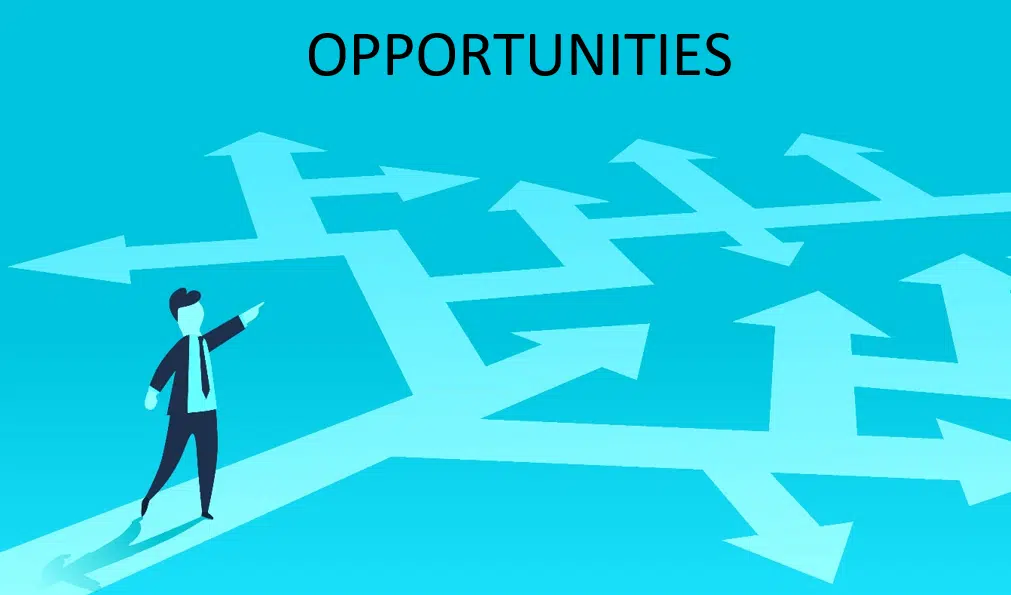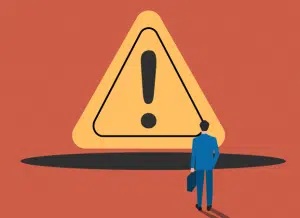
Career Development - a Strategic Initiative
Driving Capability, Retention, and Readiness
Career Development Initiatives That Build Capability and Readiness
Career development isn’t just a perk — an ad hoc process of supporting and helping individuals formulate career aspirations as a retention strategy. It’s a strategic imperative for any organization serious about capability, performance, and retention. In this article, we explore the most effective initiatives, how to implement them, and how they tie into broader talent management practices.
Why Career Development Is Strategic
Career development is more than training. It’s a system of practices that:
- Align employee aspirations with role, project and programme requirements
- Not just upward promotion but also moves to more specialised tracks
- Encourage staff to build capability portfolios
- Build internal talent pipelines
- Reduce risk by preparing staff for evolving roles
- Match staff to new opportunities based on their skills portfolios
- Support retention by making career opportunity visible and achievable
It’s the foundation of future readiness and should be embedded in your broader Talent Management strategy.
Effective Career Development
- Anchored in capability frameworks
- Personalized to each employee’s gaps and goals
- Governed by consistent standards
- Measurable and tracked over time
- Integrated with succession planning
Progressive companies are moving away from career development as advancement and putting in place mentoring relationships that enable confidential conversations about future opportunities. Employees are enabled to grow and develop in different directions, increasing the internal talent pool as well as employee career resilience and engagement.
4 Experiments to Encourage Employees’ Career Progress, Helen Tupper and Sarah Ellis, Harvard Business Review March 23, 2024
Common Career Development Initiatives
| Initiative | Description | Organizational Value |
|---|---|---|
| Development Plans | Individualized plans based on role capability gaps | Targeted growth, supports mobility and readiness |
| Mentorship & Coaching | Guidance from peers or leaders to build specific capabilities | Supports knowledge transfer and leadership depth |
| Job Rotation & Cross-Training | Lateral movement or temporary assignments | Expands capability range, builds agility |
| Career Path Visualisation | Defined progression options linked to capabilities | Clarifies opportunity, motivates development |
| Capability-Based Learning Pathways | Curated training based on assessed needs | Optimizes learning spend, closes actual gaps |
| Internal Talent Marketplaces | Matching staff to projects or roles beyond their team | Uncovers hidden talent, supports workforce flexibility |

Common Challenges
-
Role expectations aren’t clear so development needs are fuzzy
- Career Development only looks at upward progression
-
Development is reserved for high-potentials
-
Managers don’t coach or track growth
-
Learning is disconnected from capability gaps
-
Progress isn’t visible or consistently supported
These issues are avoidable with clear Role & Capability Frameworks, diverse career pathways and competency linked learning resources.
Key Stakeholders and Responsibilities
- Employees: Own their goals and engage in development planning
- Managers: Act as capability coaches, not just evaluators
- HR & L&D: Provide tools, structure, and oversight
- Executives: Ensure alignment between development and strategic capability needs
When to Initiate or Revisit Career Development
- At onboarding and internal position transitions
- During performance or capability reviews
- When strategic priorities change
- On an annual cycle tied to workforce planning
Best Practices for Career Development Initiatives
-
Link every initiative to role or project based capability requirements
- Match staff to roles using capability sets
-
Use structured development plans to close gaps, not informal mentoring & coaching only
-
Make development inclusive and transparent using the 70-30-10 rule
-
Incorporate multiple inputs: self, manager, peer, on achievements and aspirations
-
Track development over time with evidence logs
Enabling Technology
Modern platforms like Centranum support:
-
Digital development plans tied to job capability requirements, for individual skill gaps or development
-
AI-based learning resource matching to find the right material for any aspect of knowledge and skill rrequirements
-
Self-service career pathways that staff can review and assess their development needs for roles of interest
- On line journals for tracking conversations and achievements
-
Readiness dashboards for tracking and succession planning
See how Centranum’s platform supports scalable, strategic career development.
Final Thought
Organizations that treat career development as an integrated, evidence-based process — not a once-a-year HR activity — are the ones building real capability, engagement, and adaptability.
